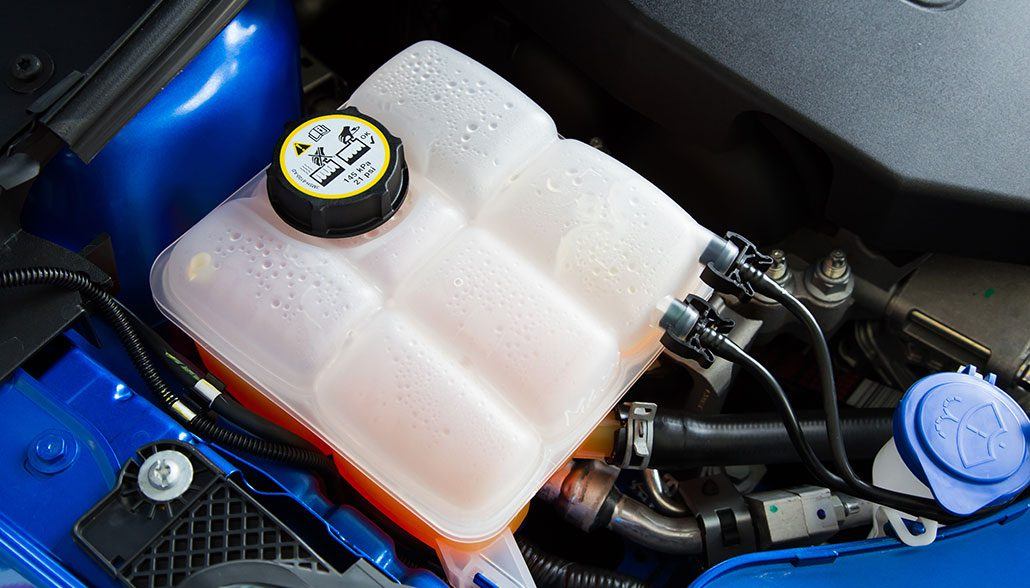Monday to Saturday - 8:00 -17:30


Whether you’re navigating Lagos traffic or heading out on the Abuja expressway, checking coolant levels in Nigeria is not just smart — it’s essential. Your engine depends on proper cooling, and in Nigeria’s harsh climate, overheating can happen fast if coolant maintenance is ignored.
Coolant (also called antifreeze) isn’t just another fluid in your car – it’s the lifeline that protects your engine from overheating, especially in Nigeria’s extreme weather. Yet, many motorists ignore it until their engine is steaming or already damaged.
This guide will walk you through everything you need to know about checking your coolant levels in Nigeria’s hot weather, spotting warning signs, and staying ahead of costly repairs.
What Is Coolant and Why It Matters in Nigeria
Coolant, a blend of antifreeze and water, absorbs engine heat and releases it through the radiator. It prevents overheating and corrosion. When coolant levels in Nigeria are low or contaminated, engine failure is a real risk — especially in high-temperature areas.
Relying on just water is a widespread mistake among Nigerian drivers. Water evaporates quickly and causes rust. Proper coolant prevents boiling, protects metal parts, and supports overall engine health.
Why Monitoring Coolant Levels in Nigeria Is Crucial
Nigeria’s climate and road conditions create a perfect storm for engine stress:
- High outdoor temperatures all year round
- Heavy city traffic slows airflow to the radiator
- Poor road infrastructure increases mechanical wear
- Unregulated fuel and inconsistent maintenance practices
Maintaining proper coolant levels in Nigeria can prevent:
- Engine overheating
- Cracked cylinder heads
- Failed radiators
- Expensive repair bills
How to Check Coolant Levels in Nigeria (Step-by-Step)
Important: Only check coolant when the engine is cold. Opening the radiator cap while hot is dangerous.
Step 1: Let the Engine Cool Down
Park the car and allow it to cool for 30–45 minutes. This ensures safety and accuracy.
Step 2: Open the Bonnet and Find the Coolant Tank
Look for a translucent plastic container labeled “Coolant” or “Engine Coolant.” It’s usually beside the radiator.
Step 3: Examine the Level Indicators
You’ll see “MIN” and “MAX” lines on the reservoir. The liquid should fall between them. If it’s below “MIN,” you’re low on coolant.
Step 4: Check Coolant Color and Quality
Good coolant is green, pink, or orange. If it appears brown or cloudy, it needs flushing. Don’t ignore this sign — dirty coolant means contaminated systems.
Step 5: Top Up If Necessary
Use a 50/50 mix of coolant and distilled water. Pour it carefully into the reservoir — not the radiator directly. Only use manufacturer-recommended coolant for your vehicle.
Step 6: Look for Leaks
Puddles or wet spots under your car? You might have a leak. Common leak areas include radiator hoses, clamps, and the water pump.
How Often Should You Check Coolant Levels in Nigeria?
- Weekly: For daily drivers in Lagos, Port Harcourt, or Abuja
- Bi-weekly: For less frequent drivers
- Before long trips: Always check before travelling inter-state
You should flush and replace coolant every 12 months or 20,000–30,000 kilometers, whichever comes first. This ensures clean fluid is running through the system.
Myths About Coolant Levels in Nigeria (And the Truth)
Myth 1: Water alone is enough in Nigeria.
Wrong. Water boils quickly, especially in high-traffic areas. Only coolant prevents corrosion and maintains ideal temperature.
Myth 2: Coolant never needs changing.
False. Over time, coolant degrades and collects debris, losing effectiveness.
Myth 3: Any coolant can work.
Incorrect. Mixing different types (e.g., OAT and IAT) can result in sludge formation and blockages.
Signs of Low or Bad Coolant Levels
Don’t wait until your engine is steaming. Look for:
- Rising temperature gauge
- Sweet, sugary smell under the bonnet
- Low fluid in the reservoir
- Overheating while idling in traffic
- White smoke from the hood
If you notice any of these, check your coolant levels in Nigeria right away and consult a mechanic.
What to Keep in Your Vehicle
If you’re a Nigerian driver serious about car health, keep these:
- Pre-mixed coolant (1 liter)
- Distilled water
- Clean funnel
- Rag for spills
- Torchlight for night checks
Being proactive means fewer breakdowns and smoother drives.
When to Visit a Mechanic
Sometimes topping up coolant isn’t enough. Visit a professional if:
- You keep losing coolant frequently
- You see visible leaks or radiator damage
- Your temperature gauge stays high
- The coolant fan isn’t spinning
At OttoXpress, we specialize in diagnosing coolant issues, performing radiator flushes, and ensuring optimal coolant levels in Nigeria.
Expert Tips to Maintain Coolant Levels in Nigeria
- Only check coolant when the car is cool
- Never open the radiator cap under pressure
- Use only the recommended coolant type
- Avoid counterfeit coolant sold at roadside shops
- Flush your radiator yearly
These practices extend engine life and save money long-term.
Final Thoughts
In hot, high-traffic environments like Nigeria, managing your coolant levels is one of the smartest car-care habits you can build. It prevents breakdowns, improves performance, and protects your wallet from engine repair nightmares.
Check regularly, use proper coolant, and never delay when something seems off.
Need help?
OttoXpress has you covered with coolant inspections, system flushes, and top-grade maintenance services.
OttoXpress | Happy Car, Happy Life
📍 Ikoyi | Western Avenue | Babs Animashaun
📞 +234 807 769 2626
📧 [email protected] | [email protected]
⏰ Mon–Sat: 8AM–6PM | Sun: 11AM–4PM
